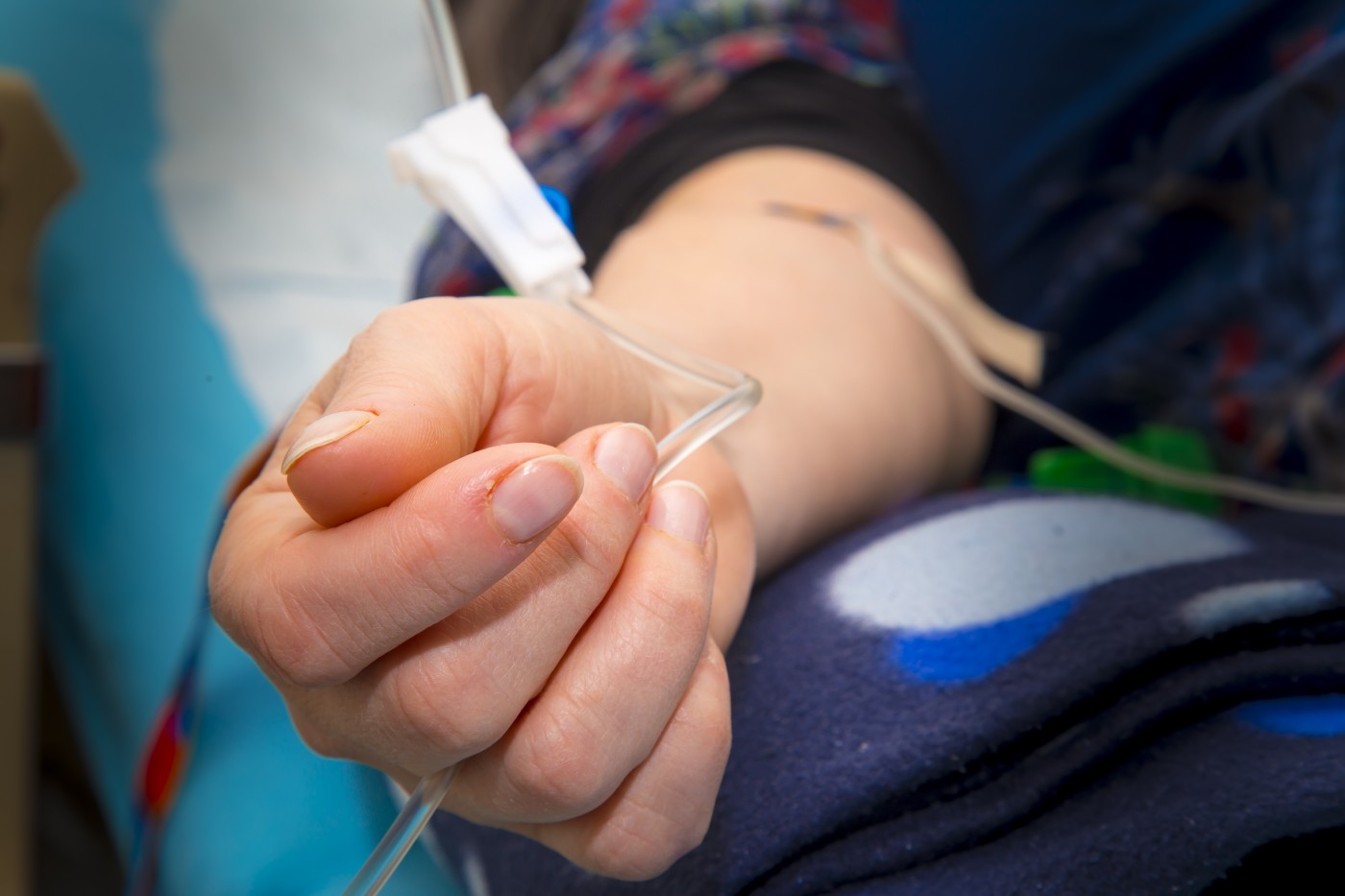Preventive Hemophilia Treatment Still Faces Obstacles, but Future Looks Promising

Prophylactic hemophilia treatment can save patients with severe forms of the disease from the long-term consequences of joint damage and other complications. A report by Dr. Suchitra S. Acharya, MD, of Hofstra Northwell School of Medicine in New York, gives a detailed overview of the current state and future perspectives in this area of treatment.
The report, “Advances in Hemophilia and the Role of Current and Emerging Prophylaxis,” financed by Baxalta and published in the American Journal of Managed Care, also emphasizes several barriers to optimal treatment that still exist, underscoring the need for continuous research.
Prophylactic, or preventive treatment, of hemophilia emerged after reports that patients with severe disease who were continuously treated were similarly impacted by their disease as those with moderate or mild hemophilia — rarely bleeding spontaneously, and very seldom developing joint damage caused by repeated bleeding.
Several clinical trials confirmed that both bleeding episodes and joint damage were largely prevented by prophylactic treatment. Also, more severe complications, such as intracranial bleeding, were prevented by this approach, and today, prophylactic treatment is increasingly being used worldwide.
Studies have also shown that the earlier treatment is started, the larger the chances of preventing joint damage, but starting treatment in older children, adolescents, or adults have also shown good results. But once joint damage is established it cannot be reversed by preventive treatment.
The frequent dosing of the intravenous blood clotting factors understandably makes prophylactic treatment a hassle, lowering the quality of life in patients. New products designed to stay longer in the blood so that they can be administered at longer intervals are increasingly gaining ground. In 2014, a factor IX Fc fusion protein was approved for hemophilia B, and it was soon followed by a factor VIII Fc fusion protein for hemophilia A.
Another approach to prolong the activity of the blood clotting factors was to link them to so-called PEG molecules. A PEGylated factor VIII was approved in 2015, and a factor IX is undergoing clinical trials. Other approaches, such as linking factors to the blood protein albumin, or using compounds stabilizing clotting factors, are also being explored.
On the other end of the therapeutic spectrum is gene therapy, which aims to cure hemophilia by introducing new genes into the body. Phase 1 and 2 clinical trials exploring factor IX are currently ongoing, while attempts with factor VIII gene therapy have not yet reached human studies. This is in part caused by the larger size of the gene mutated in hemophilia A, making it difficult to find suitable carriers for delivery of the gene into cells.
Although prophylactic treatment has been shown to prevent bleeding and complications, several barriers continue to prevent the use of such an approach. The most important obstacle to good care is the development of antibodies against the factors used. Clotting factors are biological structures, and could be identified by the immune system as a threat.
Other limitations might be in the form of varying effects of replacement therapy linked to individual differences in how patients break down the factors they receive. This is an obstacle that could be overcome to some extent through tailored treatment programs.
Studies also show that patients often don’t continue with their treatment. Increasing awareness through educational initiatives in children and adults would likely improve treatment adherence — and long term outcomes.
High cost of factor replacement therapy might contribute to nonadherence, and studies are needed to explore if the high cost of preventive treatment is outweighed by costs linked to inadequate treatment later in life.
Therefore, more research is needed to overcome these barriers to further improve the lives of hemophilia patients.
Dr. Acharya reports serving as a consultant for Novo Nordisk and Bayer.






